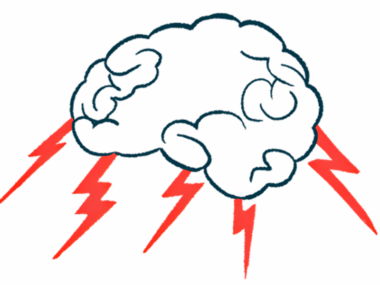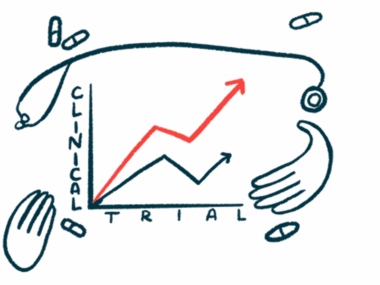Stem cell therapy eases Parkinson’s motor symptoms in trial
A9-DPC showed 'consistent positive trend' over one year
Written by |

S.Biomedics said its stem cell-based therapy A9-DPC was found safe and effective in improving motor function over a one-year follow-up in people with Parkinson’s disease.
The results apply to all 12 adults diagnosed with Parkinson’s for at least five years, who were treated with a single brain transplant of A9-DPC, at either a low or high dose in the Phase 1/2a clinical study (NCT05887466). The trial is expected to be completed in 2026.
“Our data show a consistent positive trend throughout the study period, demonstrating the favorable safety and efficacy profiles,” Kim Dong Wook, PhD, S.Biomedics’ chief technology officer, said in a company press release. “We will continue to present additional data through our ongoing study.”
Parkinson’s disease is caused by the progressive dysfunction and death of dopaminergic neurons, the nerve cells responsible for making dopamine, in the midbrain’s substantia nigra. The loss of dopamine, a signaling molecule involved in motor control, leads to the disease’s motor symptoms.
A9-DPC, also known as TED-A9, involves transplanting into patients dopaminergic neuron precursors — lab-grown cells derived from human embryonic stem cells that can develop into nearly any cell type. These precursor cells are surgically implanted into the substantia nigra, where they are intended to mature into dopaminergic neurons and help alleviate motor symptoms.
Motor symptoms ease at both doses tested
The Phase 1/2a trial enrolled patients at Yonsei University’s Severance Hospital in South Korea. Participants were equally divided to receive either a low dose (3.15 million cells) or a high dose (6.30 million cells) of A9-DPC. The study is assessing the treatment’s safety and efficacy for up to two years after the transplant, with safety follow-up continuing for an additional three years.
All participants had been on a stable dose of levodopa for at least three months, but continued to experience daily off periods (times when motor symptoms reemerge despite medications) lasting at least two hours, or freezing of gait (episodes during which they were unable to move).
Over the course of one year, patients in both dose groups saw an easing of motor symptoms. That was measured by a decrease in part 3 of the Movement Disorder Society’s Unified Parkinson’s Disease Rating Scale (MDS-UPDRS), where higher scores indicate more severe symptoms. During off periods, those in the low-dose A9-DPC group showed a 12.7-point reduction, while the high-dose group showed a 15.5-point reduction.
Improvements were also seen across the total MDS-UPDRS score and in parts 1, 2, and 4, which assess nonmotor symptoms, motor aspects of daily living, and motor complications, respectively.
Nonmotor symptom relief was also reflected in scores from the Non-Motor Symptoms Scale (NMSS), where higher scores denote greater symptom burden. The low-dose group showed a 31.7-point decrease, while the high-dose had a decrease of 35.8 points.
Functional disability was assessed using the Hoehn and Yahr scale, where higher stages reflect more advanced motor symptoms. In the low-dose group, the average stage decreased from 3.7 to 2.7, reflecting a 27% improvement. In the high-dose group, the stage dropped from 3.8 to 2.2, representing a 42.1% improvement.
Neuroimaging studies, using positron emission tomography, revealed an increase in the number of dopamine transporters — proteins that transport dopamine into neurons — with a higher effect seen in the high-dose group. This meant that transplanted precursor cells had successfully matured and replaced lost dopaminergic neurons.
“Importantly, increased DAT signals on PET imaging correlated with the observed behavioral recovery, which is very promising in terms of the mechanism of A9-DPC through neuroimaging,” Dong Wook said.
The safety profile was favorable and consistent with previously reported data, with no adverse events related to the transplanted cells reported. Most adverse events were mild to moderate, except for one patient who had a mild brain hemorrhage in an area unrelated to the transplant site.






